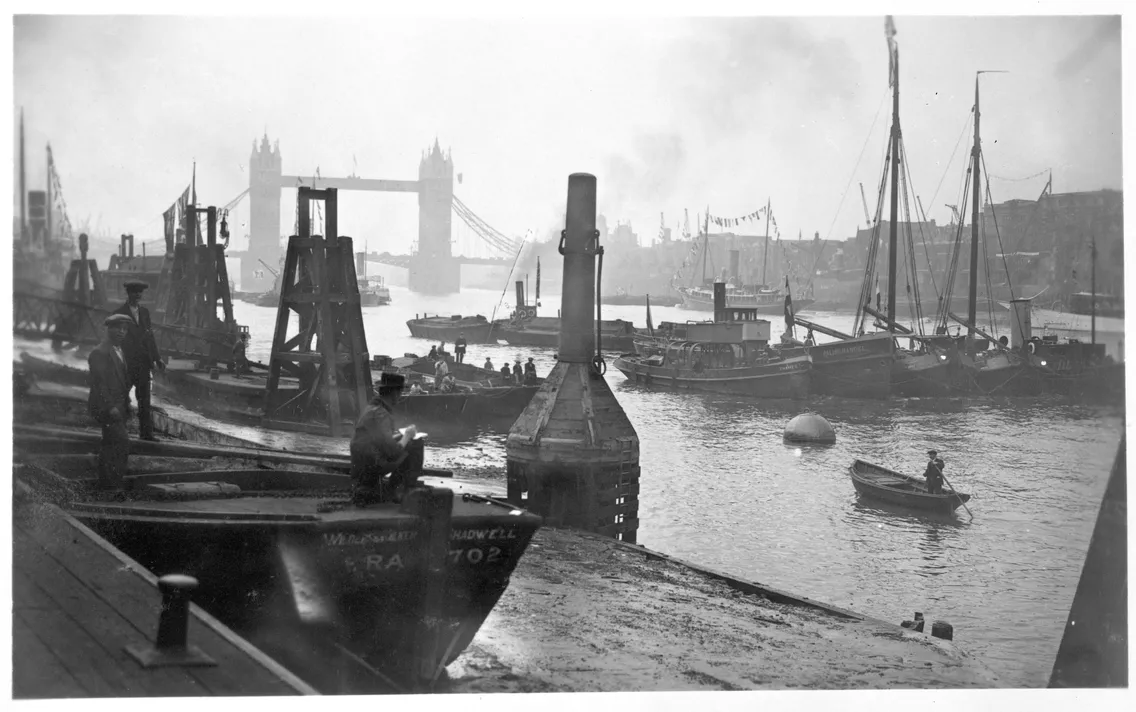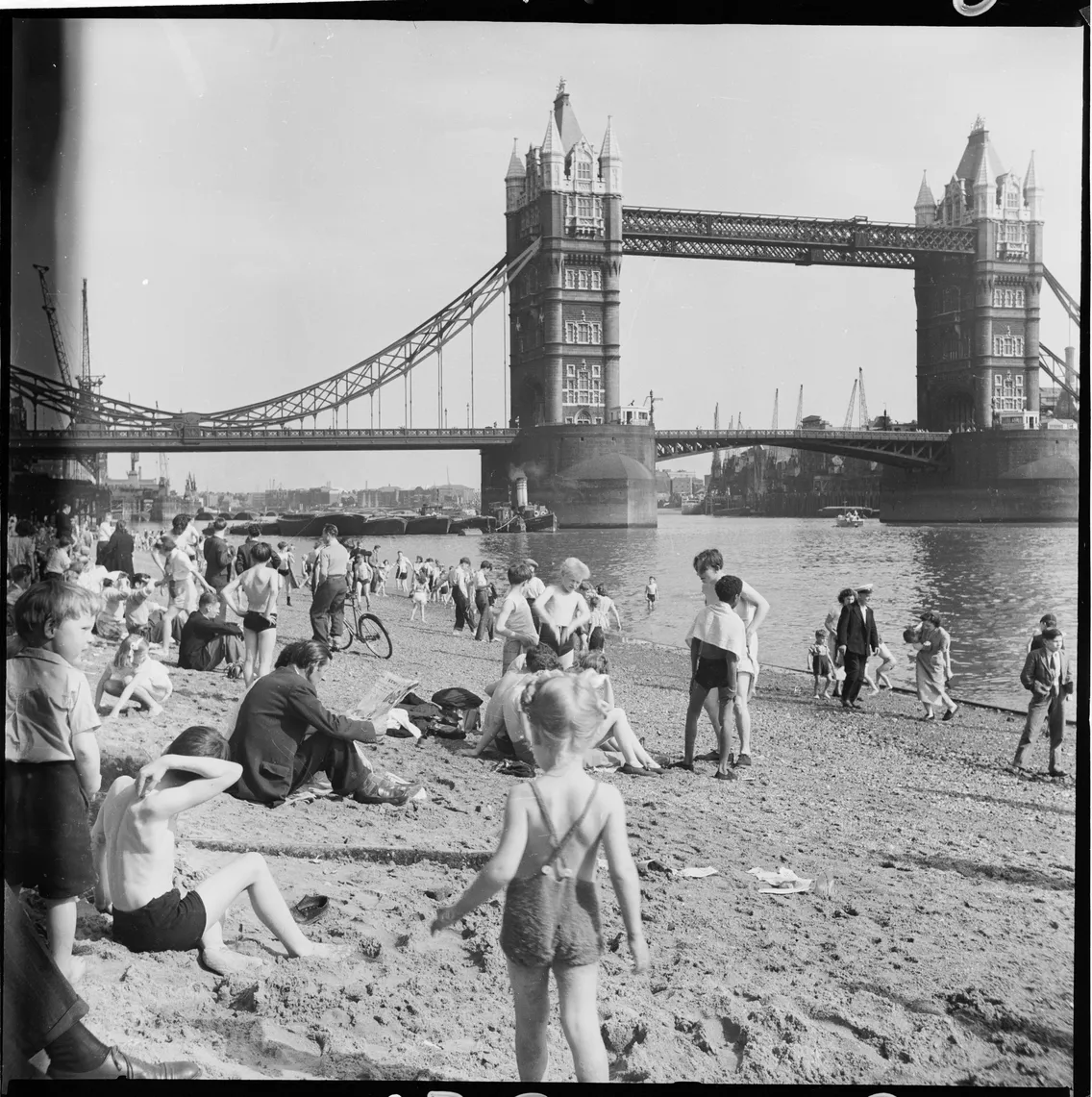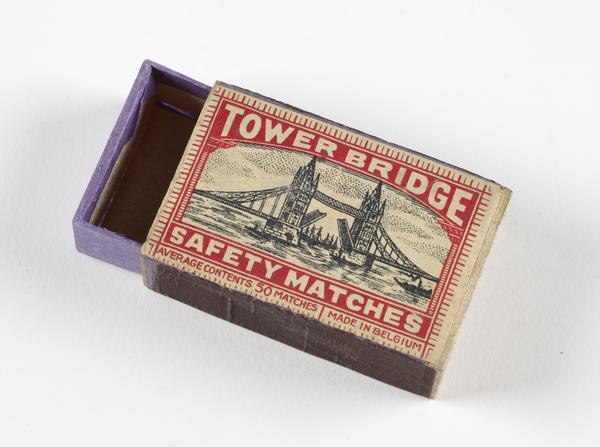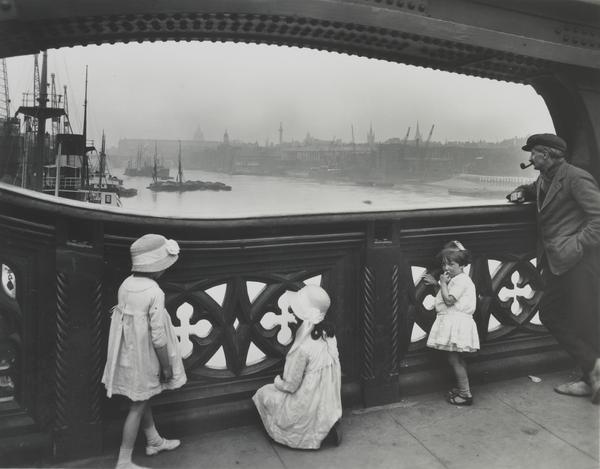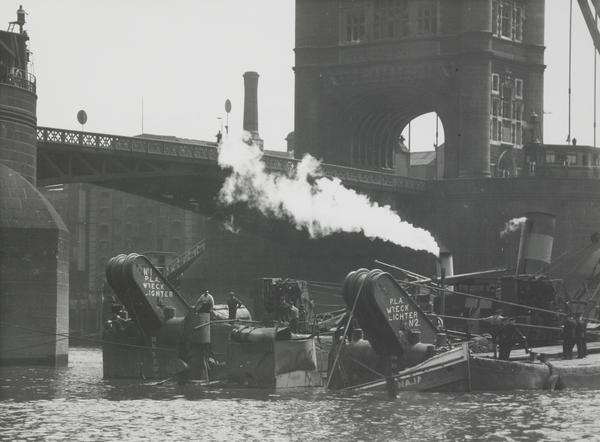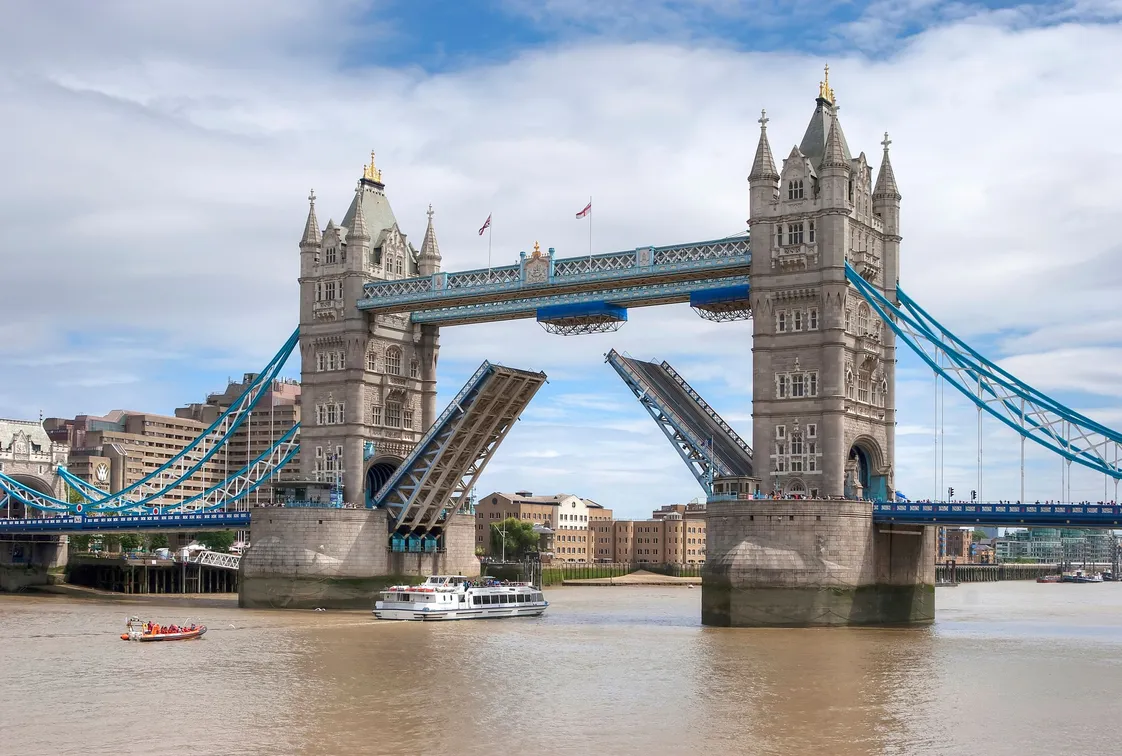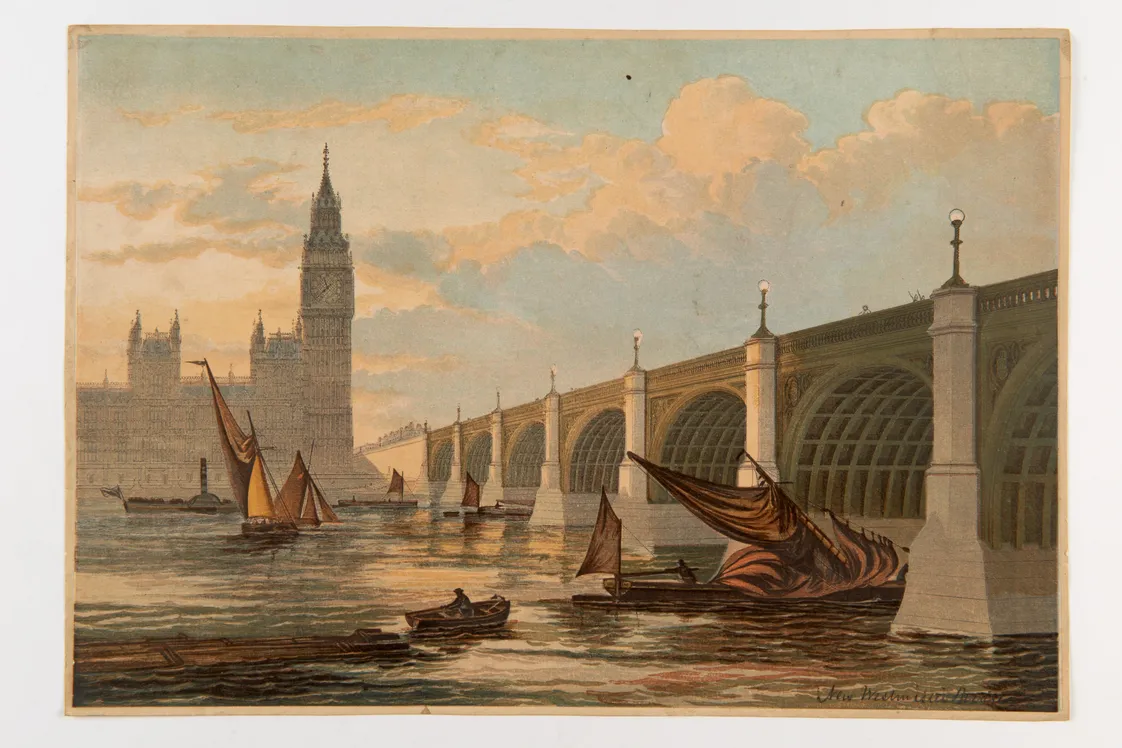Tower Bridge
Tower Bridge is one of London’s most famous landmarks and a key feature of the city’s skyline. Even if people confuse it with London Bridge nearby.
Tower Hamlets & Southwark
Since 1894
London’s mock-medieval marvel
You’d be forgiven for thinking Tower Bridge is older than it is. With its turrets and Gothic-style towers, it looks just as much like a Middle Age castle than it does a bridge.
But this was by design. Tower Bridge was planned to complement the 11th-century White Tower in the Tower of London on the bridge’s north bank.
The bridge was actually built in the late 19th century – and it’s a feat of Victorian engineering. It’s not a drawbridge, but instead features a ‘bascule’ bridge (a French word for seesaw). Both sides of the road open on a pivot, letting cargo ships pass through the busy Pool of London port. It was once the largest bascule bridge in the world.
When was Tower Bridge built?
Tower Bridge was built between 1886 and 1894 to designs by Horace Jones, the City of London architect who also designed Smithfield Market. The engineer was John Wolfe Barry, whose father, Charles Barry, designed another London Gothic icon: the Houses of Parliament. The construction cost more than £1 million – over £100 million in today’s money.

Tower of London viewed from the west, including a section of Tower Bridge, from around 1900.
An idea for a new bridge east of London Bridge had been floated by various public bodies throughout the mid-1800s. London’s population had been rapidly expanding. And the number of people living in Tower Hamlets, the borough north of the bridge, more than quadrupled over the century. London Bridge had become very congested, and those living downstream had to take longer routes to cross the river.
Tower Bridge was officially opened on 30 June 1894 by the Prince of Wales, representing his mother Queen Victoria. It was a huge party – with a royal procession through the streets, boats celebrating on the Thames, and the bridge itself (then painted brown, thought to be Queen Victoria’s favourite colour) decorated in colourful flags and fabrics.
How does Tower Bridge work?
Tower Bridge was once three types of bridges in one:
- Suspension: the roads from the two towers to the shore are held by suspension cables
- Bascule: the roads between the towers are on bascules balanced on a hidden pivot. They use hydraulic (or liquid-powered) machinery to move up and down. The hydraulics were powered by steam from engine rooms until 1976, when they switched to electricity
- Cantilever: the walkways above the bascules were built using cantilevers, horizontal structures that are anchored in place on one side instead of two. In 1960, suspension cables were added to strengthen the cantilevering
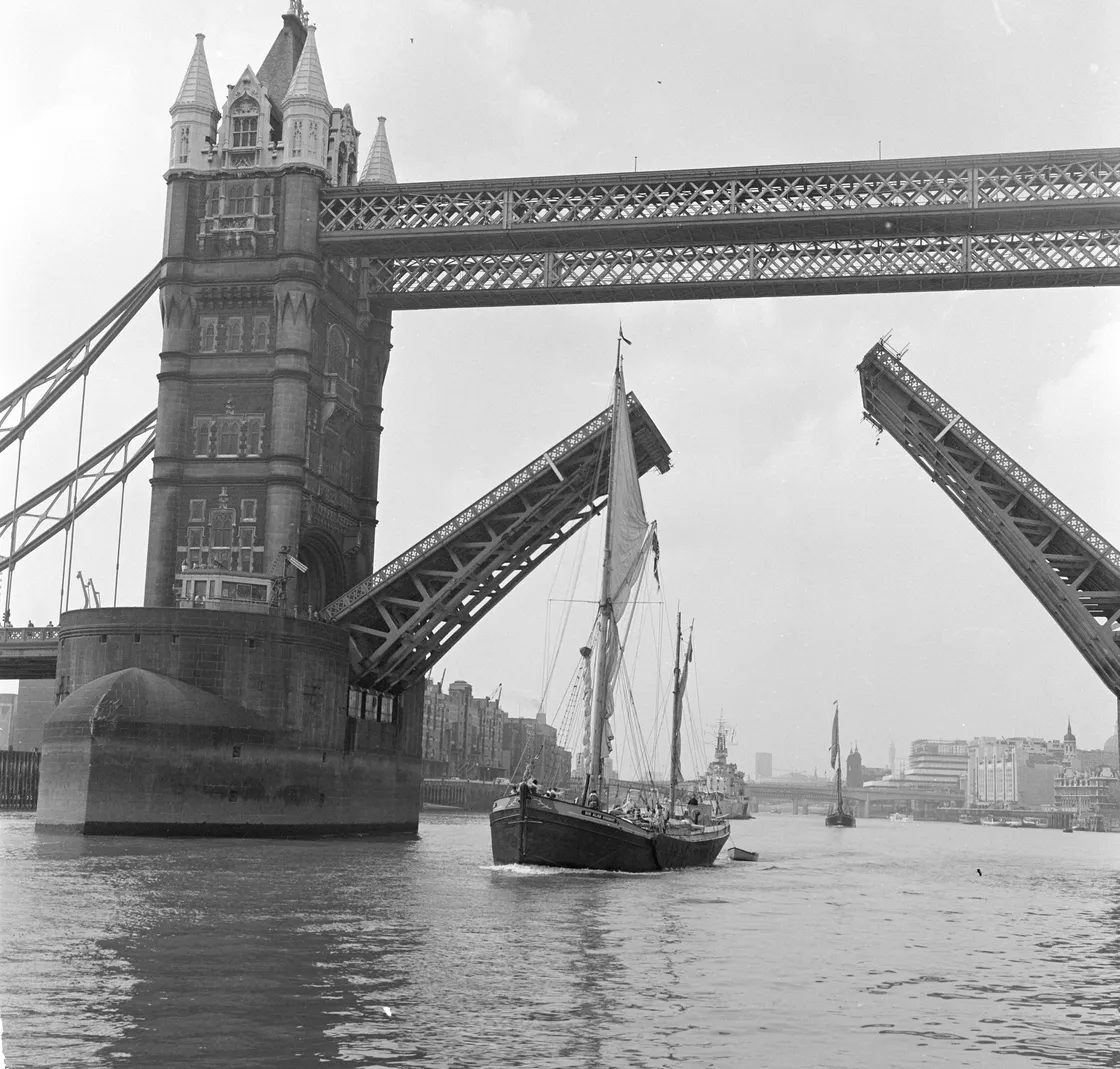
A bascule bridge – not a drawbridge.
When it first opened, a staff of over 80 people were needed to maintain the engines and raise the bridge. This includes around 30 working in the engine rooms, running coal-fired boilers and steam engines. Staff were paid well compared to other Victorian professions.
Today, the bascules are operated from a control room using buttons and a joystick, which one bridge driver pushes up and pulls down to raise and lower the bridge. And it only opens around twice a day – compared to around 17 times a day the year after it opened.
The bridge runs pretty smoothly day-to-day – although failures have happened. In 1952, the number 78 bus was caught on one rising bascule. The quick-thinking driver Albert Gunter slammed on the accelerator, jumping the bus onto the north bascule that hadn’t begun to open. Remarkably, all 20 passengers walked away with no injuries. Gunter, whose leg was broken during the event, was given £10 compensation.
“one of London’s iconic structures and a key feature of the city skyline”
Tower Bridge today
Tower Bridge has become one of London’s iconic structures and a key feature of the city skyline. You can see its image used on the likes of a London Marathon kitbag, a BT phonecard and many other souvenirs.
Today, London’s warehouses have moved further east, and the bridge is very rarely used as a gateway for cargo. But Tower Bridge is still, by law, required to prioritise river traffic over those using the road. So if you have a vessel over 9m tall, you can request a bridge lift for any time of day or night. Just give them 24 hours notice.
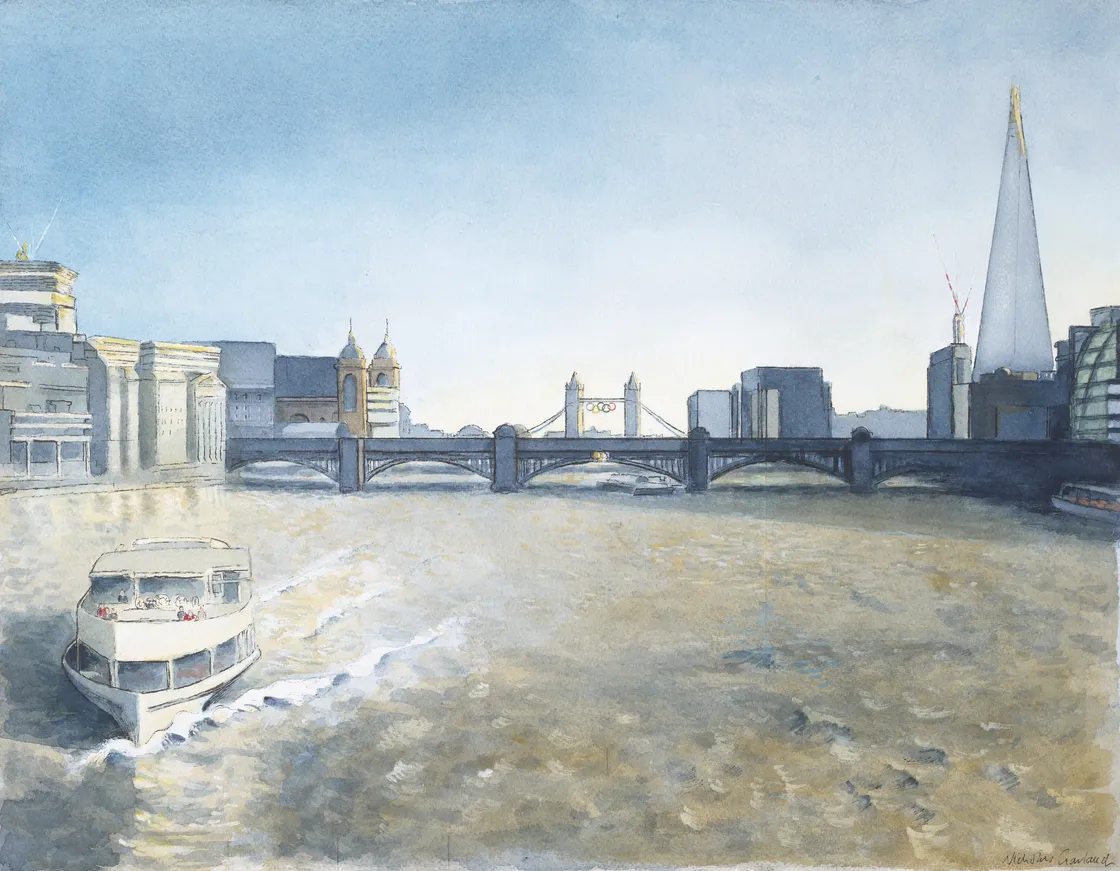
Tower Bridge with the Olympic rings for the London 2012 Olympics.
Connections: Southwark and Tower Hamlets
Tower Bridge is the furthest east of London’s bridges. London Bridge sits around 1km upstream. People mistakenly call Tower Bridge London Bridge – possibly because of their proximity to each other, or because the image of Tower Bridge is so closely associated with ‘London’.
The borough of Southwark sits on the south side of the bridge. On its north is Tower Hamlets, a borough that takes its name from the Tower of London situated just west of Tower Bridge Road. This fortress, palace and prison was built by king of England William the Conqueror in the 1070s.



